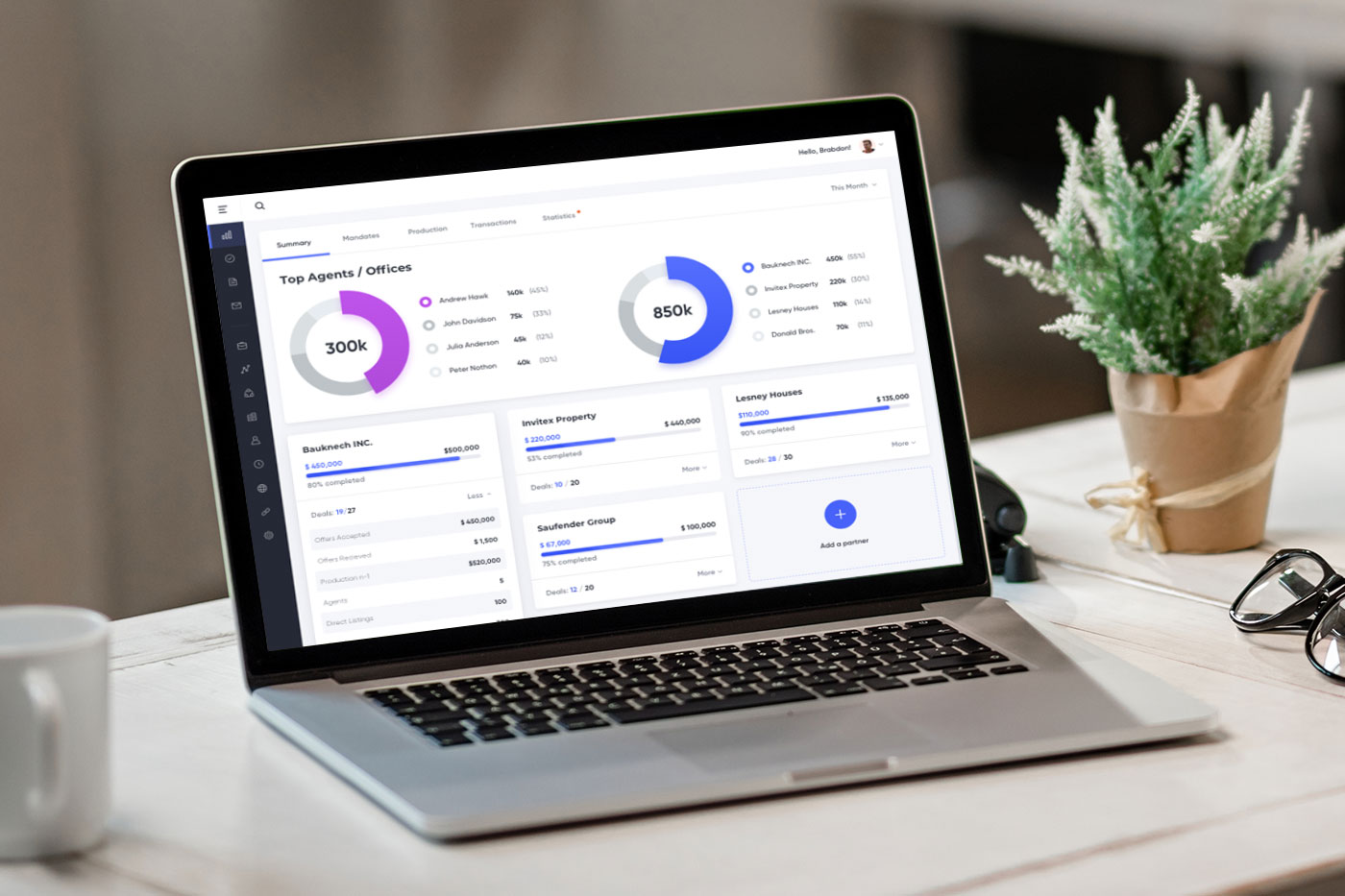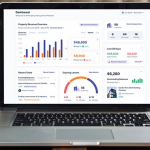My Real Estate Advisor
For the sake of real estate agents, CRM software has turned out to be an indispensable tool in keeping customers organized and in touch. CRM systems, meanwhile, provide centralized databases of clients, deals, and activities that enable an efficient management of client relationships instead. However, modern real estate CRM software offers capabilities beyond essential contact management.
In this blog post, we’ll explore some advanced features and integrations that truly enable real estate CRMs to transform an agent’s business. From pipeline tracking to task automation, let’s look at how today’s platforms can enhance productivity and provide invaluable insights.
1. Contact Management and Organization
Robust contact management remains a pillar of any real estate CRM software. Agents can create detailed profiles for prospects, clients, partners, and more. Custom fields allow capturing relevant information like property interests, special requirements, key dates, and notes. Tags and groups make it easy to segment contacts for targeted communications.
With the typical real estate agent juggling over 500 contacts, CRMs bring order to the chaos. Agents can view contacts by source, tags, location, deal stage, and a variety of factors. Powerful search makes finding the exact contact effortless.
According to the National Association of Realtors 2022 Member Profile, the median number of transactions per agent was 8 last year. CRMs empower agents to deliver personalized service at scale.
2. Lead and Opportunity Tracking
Once contacts enter the sales pipeline, CRM lead and deal tracking provides invaluable visibility. CRMs define standard stages like Lead, Prospect, Qualified Buyer, Negotiation, Closed Sale, etc. Deals can be moved through customizable pipelines, allowing agents to visualize momentum and analyze performance.
Dashboards and reports provide real-time sales analytics. At a glance, agents can view lead-to-close ratios, sales cycle length, pending deals, and activity metrics. Managers can track agent pipelines and ensure critical sales conversations don’t slip through the cracks.
According to the RE/MAX 2022 National Housing Report, the median home sale price in the U.S. reached $407,600 last year. With deals this valuable, CRMs give brokers the visibility they need to maximize commissions.
3. Email Integration
Email integration is another area where CRMs empower productivity. Leading platforms connect directly with Outlook, Gmail, and all major email services. Emails can be automatically logged in the CRM alongside the relevant deals and contacts. Users can also link emails to contacts manually. This makes all correspondence easily accessible in one place.
Furthermore, email tracking allows users to see email open rates, links clicked, and replies. Automated capture of email metadata provides visibility into response times and agent communication patterns. For real estate professionals who spend hours daily in their inboxes, integrated email is a game-changer.
4. Calendar and Schedule Syncing
Calendar integration similarly enhances efficiency by centralizing schedules. Agents can sync Outlook or Google calendars to automatically display meetings, calls, open house bookings, and other activities in their CRM calendar.
Within the platform, users can schedule events and link them directly to deals in progress. This connectivity enables seamless follow-ups.
The 2022 National Association of REALTORS Member Survey reported that real estate professionals spend over 8 hours per week on average servicing existing client needs. Shared CRM calendars help agents coordinate without endless back-and-forth emails.
5. Task Management
Intelligent task management takes workflow automation to the next level. Users can create CRM tasks for key next steps like contacting a prospect, following up on a showing, or sending documents. Tasks can be assigned to specific users or linked to deals to enhance context.
Smart CRM platforms leverage artificial intelligence to suggest relevant tasks, set reminders, and notify users of overdue activities. Intelligent assistants can track commitments made over email and create associated tasks to prevent dropped balls. With end-to-end task management, real estate pros can keep sales moving efficiently.
6. Integrations with Transaction Management Software
For further productivity gains, CRMs integrate seamlessly with specialized real estate software for listing management, transaction management, and document signing. Platforms like Dotloop and DocuSign sync data bi-directionally with leading CRMs to maximize efficiency.
Key details like contacts, deals, tasks, and documents flow into the CRM automatically. This eliminates cumbersome manual data entry and ensures the CRM remains the central hub. Ambient Strategy estimates real estate professionals spend over 6 hours per week re-entering data across systems. Robust integrations render this duplication obsolete so agents can focus on revenue-generating tasks.
Conclusion
While centralizing contacts remains essential, today’s real estate CRM software extend far beyond this basic capability. From visual sales pipeline tracking to AI-driven task automation, modern solutions provide end-to-end productivity for agents, brokers, and teams.
Integrations with complementary real estate software erase data silos, making the CRM a one-stop command center. To maximize earnings in a competitive market, practitioners should select a CRM that leverages cutting-edge functionality. Robust platforms reduce busywork, provide market insights, and enable real estate professionals to deliver extraordinary experiences.





